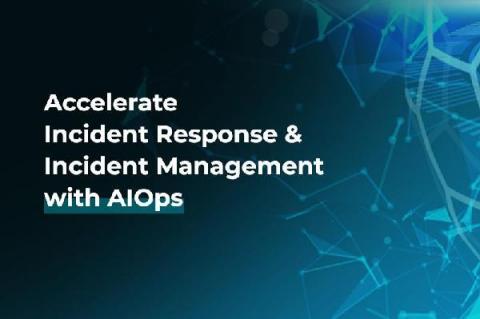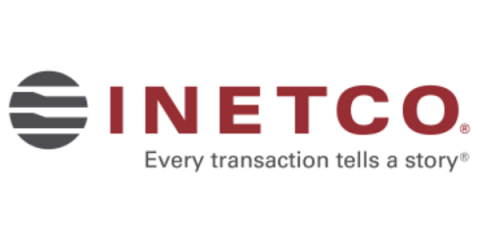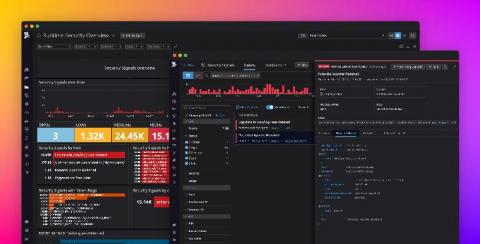Is Cybersecurity Smart Enough to Protect Automated Buildings?
Imagine that you are in an elevator in a high rise building when suddenly the elevator starts to plummet with no apparent stopping mechanism other than the concrete foundation below. While this may sound like something from a Hollywood movie, consider the idea that a securely tethered, fully functional elevator is as vulnerable as it is smart.











